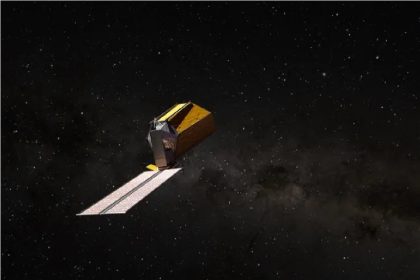Two studies conducted at Washington University in St. Louis show the capabilities of some species of bacteria to produce bioplastics.
According to RCO News Agency, In a world covered in petroleum-based plastics, scientists are looking for more sustainable, biodegradable, and less toxic alternatives.
According to Mirage News, Two new studies by Washington University in St. Louis (WashU) biologists highlight a potential source of game-changing substances. That source is purple bacteria that can act as microscopic factories for bioplastics.
The first research, conducted by Eric Conners, a graduate student at Washington University in St. Louis, showed that two relatively obscure species of purple bacteria can produce polyhydroxyalkanoates (PHAs). Polyhydroxyalkanoates are natural polymers that can be purified to make plastics.
The second study, conducted by Tahina Ranaivoarisoa, director of a research laboratory at Washington University in St. Louis, showed that genetic engineering could induce a strain of hardy purple bacteria to dramatically increase production of polyhydroxyalkanoates.
Connors and Ranayoarisoa work in the lab of Arpita Bose, an associate professor of biology at the Arts & Sciences Institute in California and one of the researchers on these new projects. There is a huge global demand for bioplastics, Bose said. They can be produced without adding carbon dioxide to the atmosphere and completely biodegradable. These two studies show the importance of adopting multiple approaches in order to find new ways to produce this valuable material.
Purple bacteria are a special group of aquatic microbes known for their adaptability and ability to create beneficial compounds from simple substances. Like green plants and some other bacteria, they can convert carbon dioxide into food using the sun’s energy, but instead of green chlorophyll, they use other pigments to absorb sunlight.
These bacteria naturally produce polyhydroxyalkanoates and other building blocks of bioplastics to store excess carbon. Under the right conditions, they can continue producing polymers indefinitely.
According to biologists at Washington University in St. Louis, two lesser-known species of purple bacteria in the genus Rhodomicrobium showed a remarkable propensity to produce polymers; Especially when they were powered by small amounts of electricity and fed with nitrogen.
Rhodomicrobium bacteria have properties that make them suitable options for natural bioplastic factories. “It’s a unique bacterium that seems to be very different from other purple bacteria,” Connors said.
Although some species are considered single cells, this particular species forms interconnected networks that appear to be well equipped to produce polyhydroxyalkanoates.
Other types of bacteria can also produce bioplastic polymers with a little help. Researchers at Washington University in St. Louis used genetic engineering to sequester significant levels of polyhydroxyalkanoates from the TIE-1 receptor in the well-studied species Rhodopseudomonas palustris, which is usually reluctant to produce polymers. “TIE-1 is a great organism to study, but not the best choice for producing polyhydroxyalkanoates,” Ranayoarisoa said.
In the near future, Bose plans to take a closer look at the quality and potential applications of the polymers produced in his laboratory. He added: We hope that these bioplastics can produce real solutions in the future.
These two studies were published in “Microbial Biotechnology” and “Applied and Environmental Microbiology” journals.
end of message
RCO NEWS


















